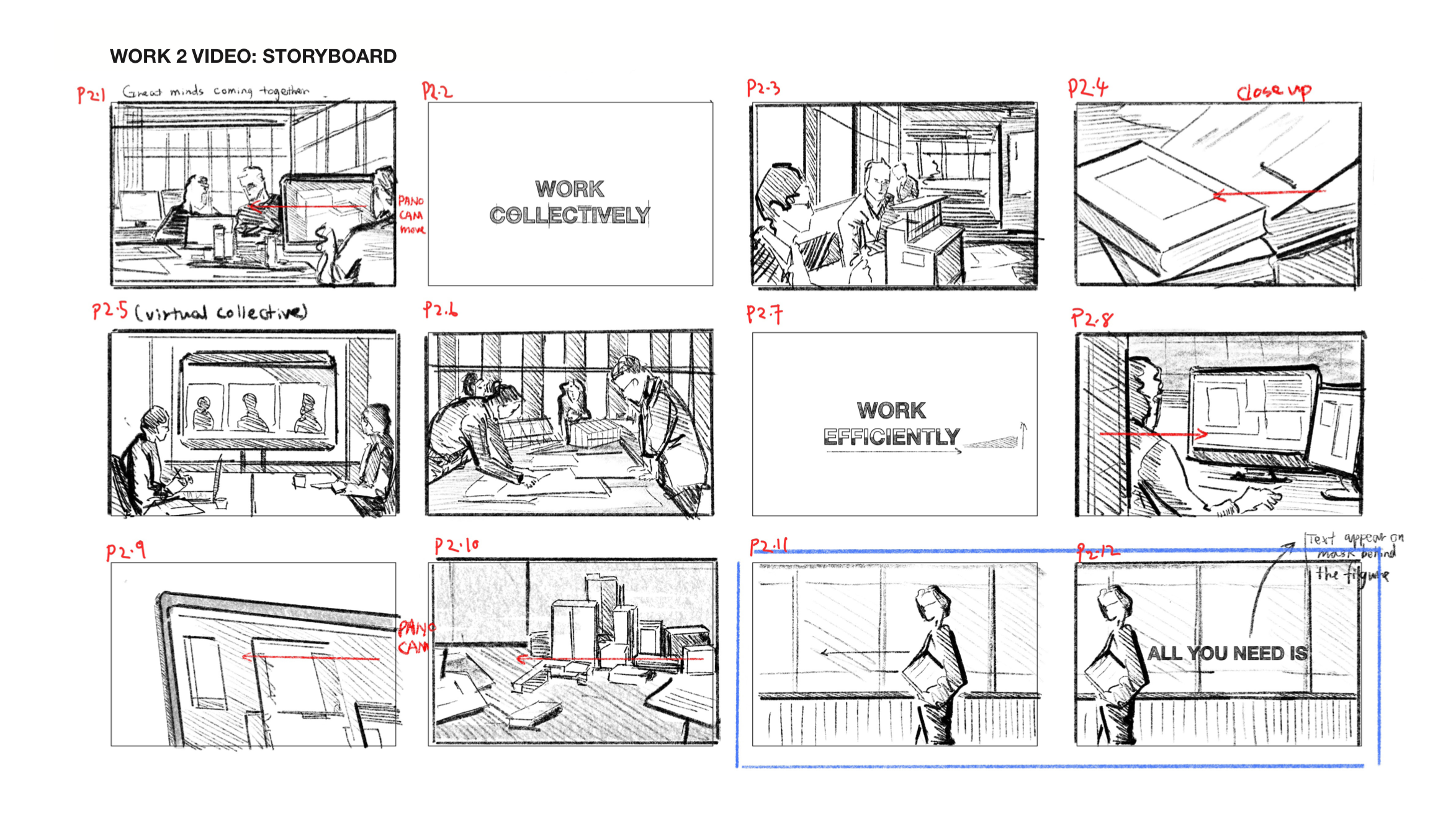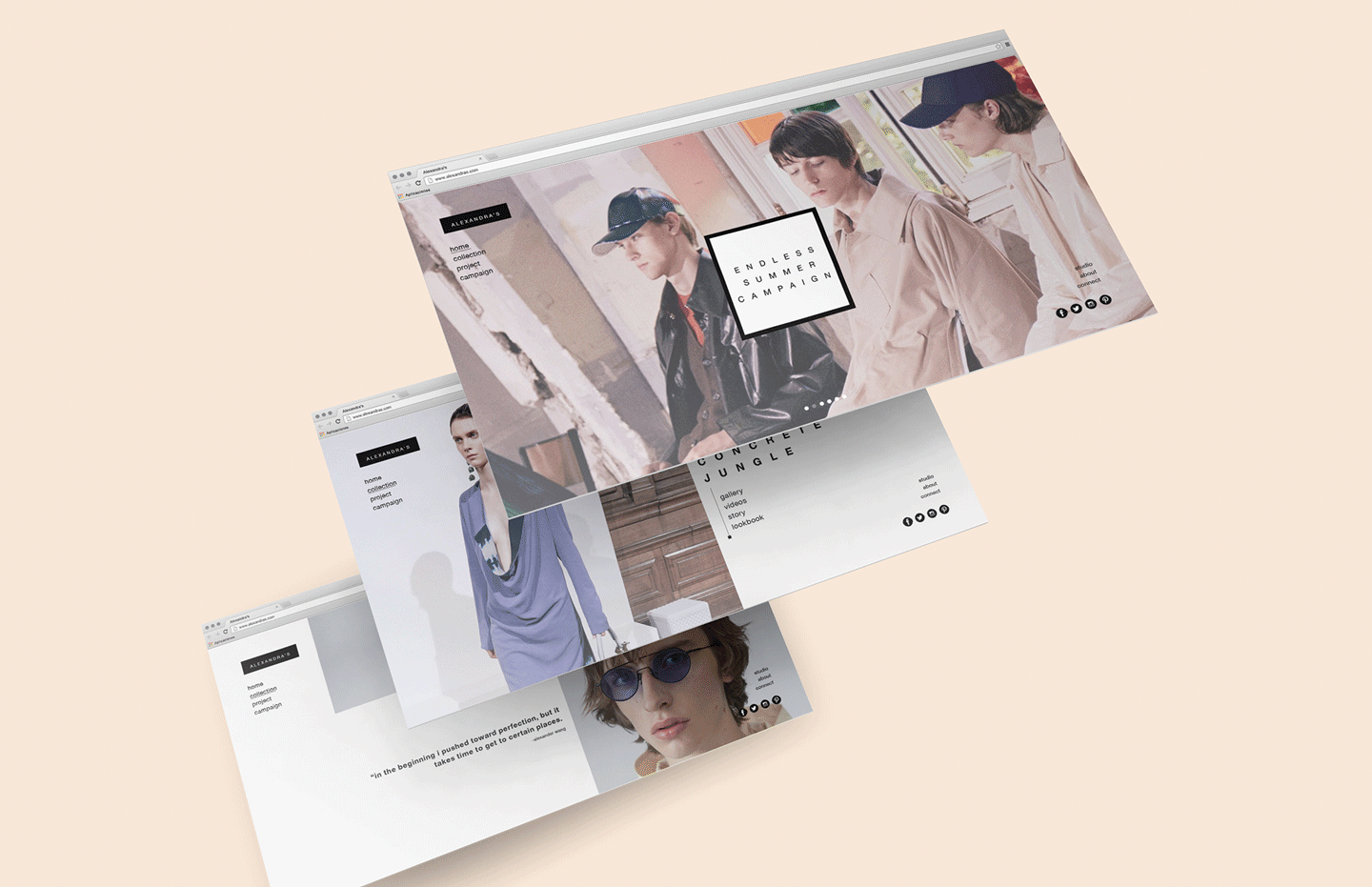FILMING: VISUAL STORYTELLING
This article breaks down my working process of making film, video, and animations into the following sections: storyboard development, filming, editing, and sound as an important narrative in supporting the visual storytelling.





STORYBOARD
The use of storyboard sketch is to illustrates the visual storyline and the narrative of the film. Besides, it may also include technical and filming details regarding camera angle, filming notes, transitions, effects, visual pace and rhythm.
The storyline of a composition can be split into different parts based on the original video script, which is then split into individual scenes. Each individual scene is labelled with a specific number that is used for further filming or editing purpose when screening.
Colour marks are used to illustrate transition between scenes, movement, camera direction, change of an angle, and filming techniques.



STORYBOARD AS VISUAL SCRIPT
Some complex parts of the composition need a multiple-scenes panel to break down the storyline plot-by-plot into details. This helps define visual focuses when filming at a specific space or a location, close-ups, camera movements within a space or an environment. This is useful especially when filming a large space or scene with a lot of details and transitions, for example, the filming order, when to start/end the filming, what to film first, how to film.
FILMING EXAMPLES
FILMING: SOUND FOR VISUAL STORYTELLING
Sound is the most important element to me when it comes to developing a storyboard, planning out storytelling and filming methods. It is the crucial part of the composition that dramatically helps define the mood of a video, visual theme, pace/rhythm, transition frequency, and even colours. These bits of information are what you wouldn’t get simply from the video footages without sound or music.
SOUND AS VISUAL NARRATIVE
A good soundtrack equals 90% of the narrative and it could be more important than filming the visuals. There are different stages of filming/creating a video clip: capturing a scene, visual focus, transition, and editing. Usually it is not easy to define the visual hierarchy (primary shot, secondary shot) from the video footages without sound or music.
VISUAL HIERARCHY: PAUSES AND BREAKS
Visual hierarchy is not only about setting the primary and secondary elements, but also about emphasizing and highlighting a specific part of the video content that elevates the storytelling. Without such fluctuation, the visual storytelling might be inconsistent and confusing, while music is a great tool to help avoid this. The rhythm of sound/music defines the visual rhythm as transitions, filming speed, and the order of the video clips (what you want to show first, and what’s for the second).
SUMMARY
1.STORYBOARD DEVELOPMENT
Storyboard sketch: the storyline of the video, filming angle and techniques,
visual narrative, and transitions.
2.SOUND/MUSIC (IMPORTANT)
Sound/Musical composition: theme of the video, narrative tone, frequency/rhythm/pace of visuals, hierarchy, order.







